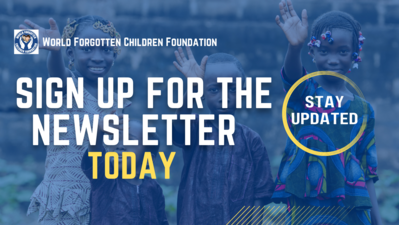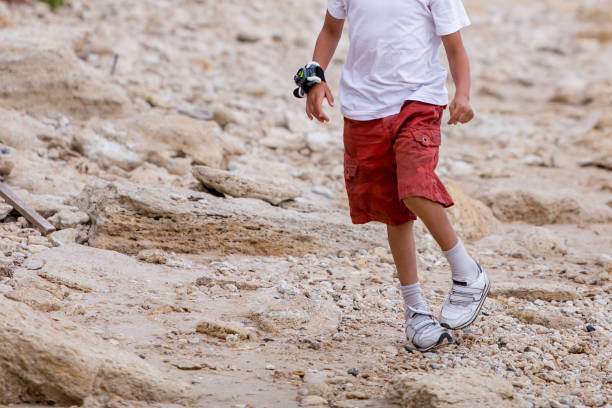
In wealthier nations, children born with clubfoot are typically treated soon after birth, allowing them to lead normal, active lives. However, in many developing countries, treatment is often inaccessible due to economic constraints, lack of trained healthcare professionals, and cultural stigmas. As a result, over 80% of untreated clubfoot cases worldwide are concentrated in low- and middle-income countries. In these regions, untreated clubfoot leads to significant physical disability, social isolation, and poverty, as children with this condition struggle to walk, attend school, or contribute to their communities.
Clubfoot is a congenital condition affecting the foot and ankle, causing one or both feet to turn inward or downward. It is one of the most common birth defects, with approximately one in every 1,000 babies born with clubfoot worldwide. While the condition occurs across all regions and populations, children in developing countries face significant challenges in accessing necessary treatment. World Forgotten Children Foundation (WFCF) is dedicated to raising awareness and funding projects to ensure these children receive life-changing care.
The Condition: Understanding Clubfoot
Clubfoot causes one or both feet to turn inward or downward, often so severely that the child is unable to walk properly. Though the cause of clubfoot is not fully understood, it is believed to be influenced by a combination of genetic and environmental factors, such as family history and poor prenatal health. In most cases, however, clubfoot is fully treatable, provided the child receives early and appropriate care.

The Dangers of Untreated Clubfoot
Untreated clubfoot can have devastating consequences, both physically and socially. Children with untreated clubfoot often develop painful calluses and ulcers as they walk on the sides of their feet, leading to further deformity and infection. Over time, these children may become immobile, dependent on family members, and isolated from their peers. The social stigma attached to disability in many developing countries further exacerbates the issue, with children often facing exclusion from school and community activities. In addition, there are lifelong economic and social costs of untreated clubfoot. Individuals with the condition are less likely to complete education or gain employment, which perpetuates cycles of poverty.
Treatment: The Ponseti Method
The Ponseti Method, a low-cost, non-invasive treatment, has revolutionized care for children with clubfoot. This method involves a series of gentle manipulations and casts that gradually reposition the foot, followed by the use of braces to prevent relapse. It is highly effective, with a success rate of over 90% when treatment begins early. However, the method requires regular follow-ups, which can be challenging in rural or underdeveloped areas where healthcare facilities are sparse.
Despite these challenges, organizations like MiracleFeet are working tirelessly to bring the Ponseti Method to underserved communities. By partnering with local clinics and training healthcare providers, MiracleFeet has treated thousands of children globally, providing them with the mobility they need to thrive.

Success Stories: Changing Lives One Step at a Time
Programs to treat clubfoot in developing countries have already transformed the lives of thousands of children. A report by PBS NewsHour on the treatment of clubfoot in India illustrated how simple and affordable interventions like the Ponseti Method can change the trajectory of a child’s life. In regions where MiracleFeet and other non-government organizations are active, children who once faced a future of disability and dependence are now able to walk, run, and play alongside their peers.
These success stories demonstrate that, with the right support, children with clubfoot can fully recover and participate in their communities, unlocking their potential and contributing to their societies.
How You Can Help
There are many ways to help make a difference in the lives of children with clubfoot. One of the most impactful is through financial donations. Additionally, raising awareness about the challenges faced by children with clubfoot can help reduce the stigma associated with the condition and encourage governments and health agencies to prioritize treatment programs.
Final Thoughts
Children born with clubfoot in developing countries face enormous challenges, but with proper treatment, they can live full, productive lives. The key to their success lies in timely access to medical care, and through the support of compassionate individuals and organizations, we can make this possible. By donating to WFCF, you can help fund projects that provide life-changing treatment and medical devices to children with disabilities, allowing them to take their first steps toward a brighter future.
Donate to WFCF

The mission of WFCF is to support projects that promote the health and welfare needs of underprivileged communities and orphaned children with disabilities in developing countries. Donate today.


